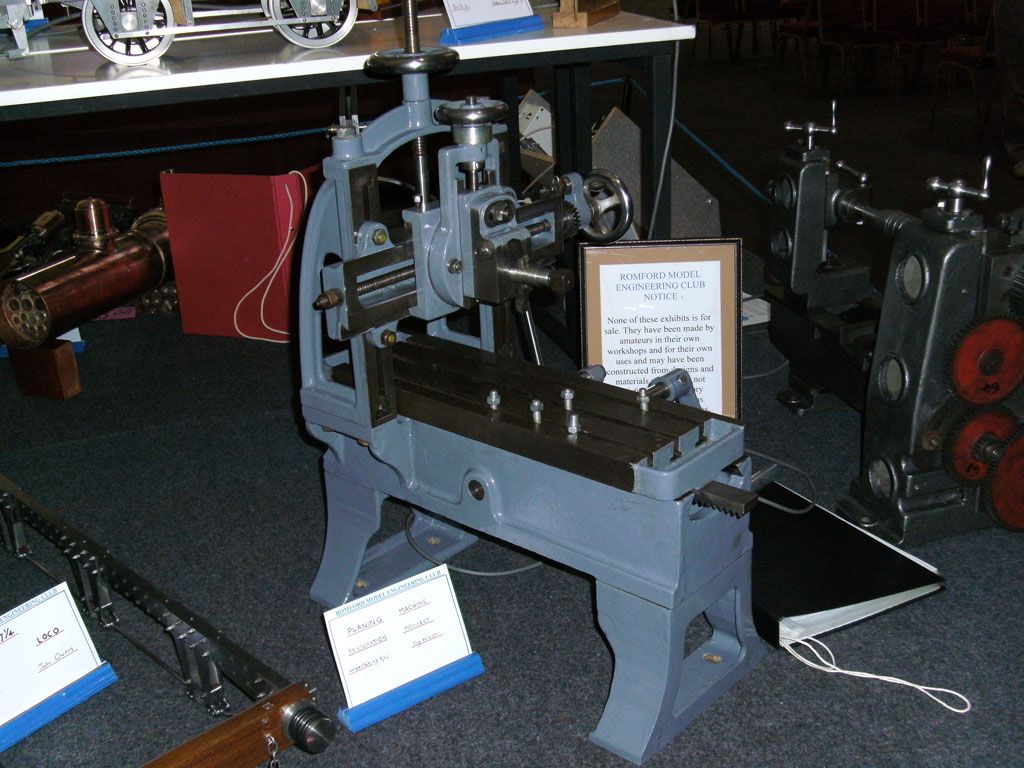Posted by Versaboss on 12/03/2012 22:20:53:
Posted by CoalBurner on 12/03/2012 17:31:41:
…
I thoroughly enjoyed reading your article in MEW 188,
Me too, as some people use to say. Except that I – even after reading the article 3 times – still do not understand it. But I know that my brain is not now as it was 50 years ago.
However, when you have a DTI and want to move a quill without depending on the scales, why not use it directly to measure the movement?
Well, I am sure someone will show me very soon where I am wrong (or daft  ).
).
Btw, issue 188 arrived in Switzerland Saturday 10th of March. Speedy, isn't it? faster than for the natives it seems.
Greetings, Hansrudolf
Hansrudolf,
First, let me say that I greatly appreciate you telling me that the article was unclear. Only with such feedback can I hope to improve my writing style. I hope you will keep asking questions until you understand what I was trying to say. Through your questions I will learn what to improve.
Let me first address your question and then try to clarify the article.
A finger Dial Test Indicator really measures the angular movement of the finger. If you secure it to a stand and put something under it, you can zero the dial. If you put something else under it and again read zero, you know that the two things are at the same height. This is the only case where a finger DTI is accurate. If it reads a non-zero value, the error in the reading is a function of how far the finger rotated. So for maximum accuracy, you can only trust a finger DTI when it reads the same value as it read when it was touching a reference surface.
In the article, I am using the finger DTI to tell me when I am on the surface of my precision slope. Using a DTI this way is more accurate than just chucking up a rod and banging it down on the surface.
The precision slope lets me greatly magnify vertical motion along a horizontal axis. Say the slope is 1:100. Then for a 100 mm movement along the X axis I will get a 1 mm vertical movement. Conversely, if I move 1 mm on the X axis, I will see 1/100th of a mm movement on the Z axis. This extremely fine control of movement combined with the repeatability of sensing a surface with a finger DTI, lets me set my end mill precisely.
How much of this precsion a given machine can give depends on the condition of the machine. If, for example, the quill was loose, then the end mill might bounce up and down 0.5 mm. This limits the machine's accuracy to no better than 0.5 mm.
Have I made matters better or worse with this explaination?
Ian Welford.






